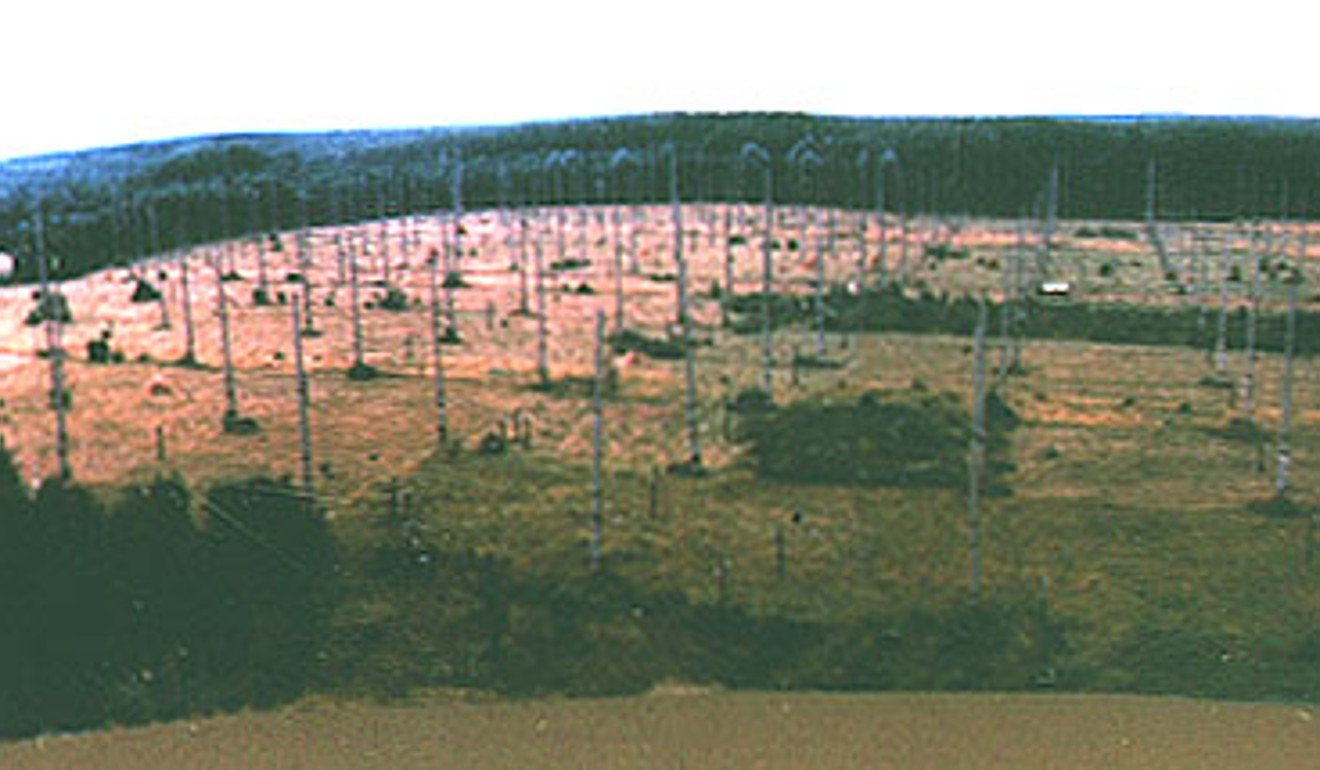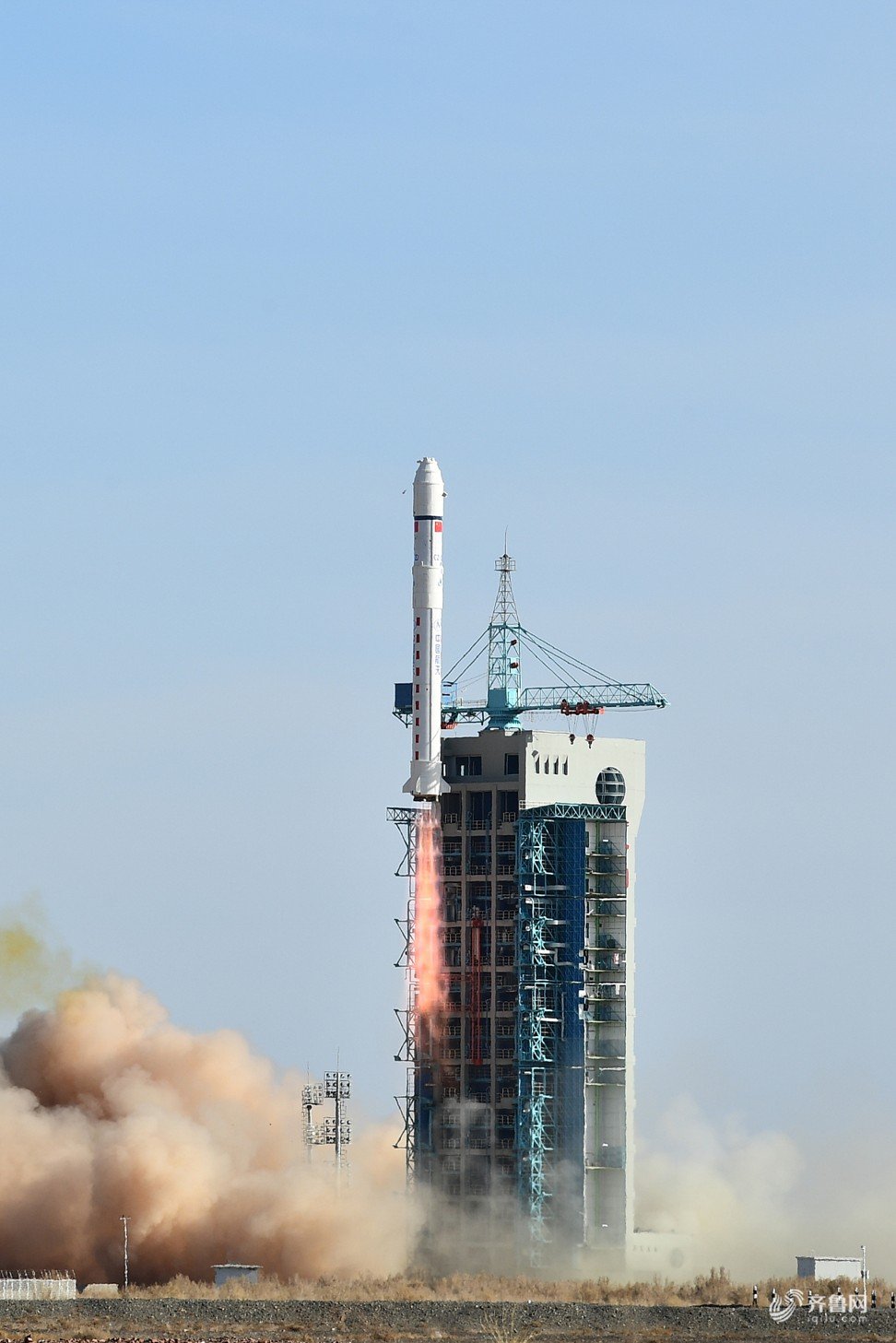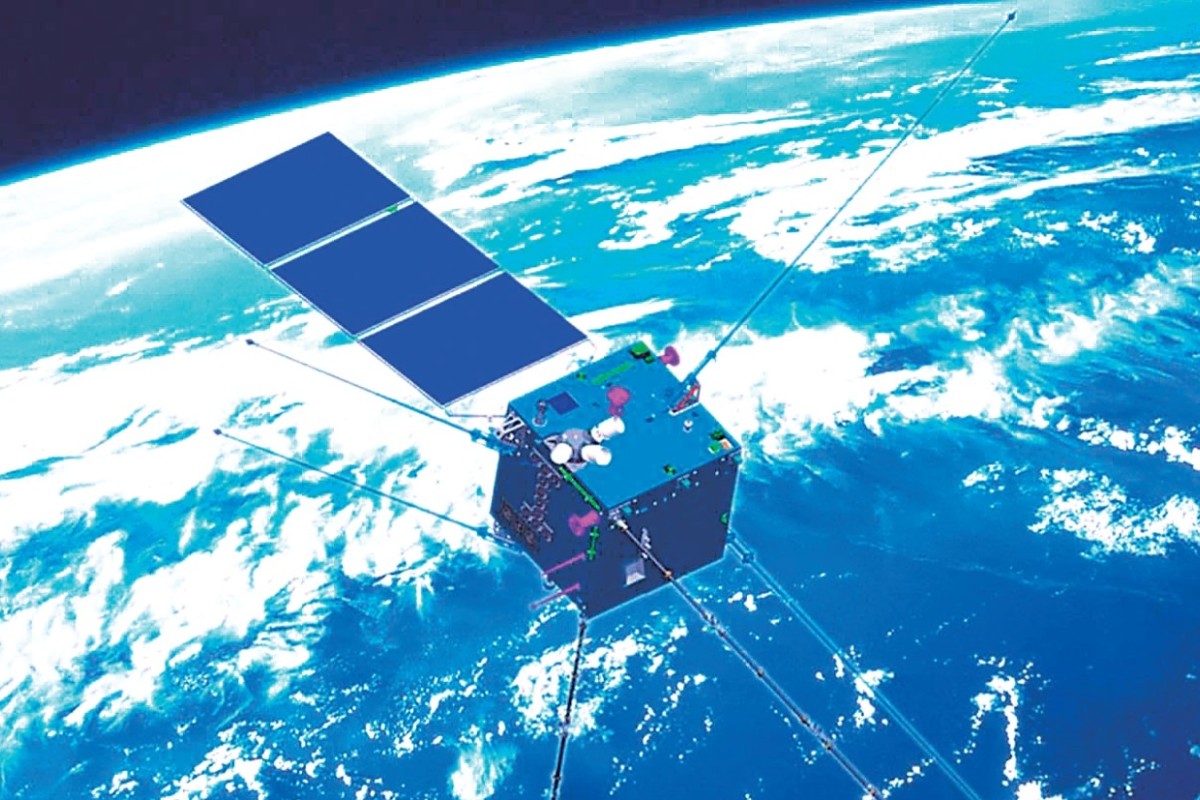China and Russia band together on controversial heating experiments to modify the atmosphere
- The countries are testing a technology for possible military application, say Chinese scientists involved in the project
- Militaries have been in a race to control the ionosphere, which allows radio signals to bounce long distances for communication, for decades
China and Russia have modified an important layer of the atmosphere above Europe to test a controversial technology for possible military application, according to Chinese scientists involved in the project.
A total of five experiments were carried out in June. One, on June 7, caused physical disturbance over an area as large as 126,000 sq km (49,000 square miles), or about half the size of Britain.
The modified zone, looming more than 500km (310 miles) high over Vasilsursk, a small Russian town in eastern Europe, experienced an electric spike with 10 times more negatively charged subatomic particles than surrounding regions.
In another experiment on June 12, the temperature of thin, ionised gas in high altitude increased more than 100 degrees Celsius (212 degrees Fahrenheit) because of the particle flux.
The particles, or electrons, were pumped into the sky by Sura, an atmospheric heating facility in Vasilsursk built by the former Soviet Union’s military during the cold war.

The Sura base fired up an array of high-power antennas and injected a large amount of microwaves into the high atmosphere. The peak power of the high frequency radio waves could reach 260 megawatts, enough to light a small city.
Zhangheng-1, a Chinese electromagnetic surveillance satellite, collected the data from orbit with cutting-edge sensors. The pumping and fly-by required precise coordination to achieve effective measurement.
When Zhangheng approached the target zone, for instance, the sensors would switch to burst mode to analyse samples every half-second, much faster than usual, to increase data resolution.
The results were “satisfactory”, the research team reported in a paper published in the latest issue of the Chinese journal Earth and Planetary Physics.
“The detection of plasma disturbances … provides evidence for likely success of future related experiments,” the researchers said.
China and Russia have modified an important layer of the atmosphere above Europe to test a controversial technology for possible military application, according to Chinese scientists involved in the project.
A total of five experiments were carried out in June. One, on June 7, caused physical disturbance over an area as large as 126,000 sq km (49,000 square miles), or about half the size of Britain.
The modified zone, looming more than 500km (310 miles) high over Vasilsursk, a small Russian town in eastern Europe, experienced an electric spike with 10 times more negatively charged subatomic particles than surrounding regions.
In another experiment on June 12, the temperature of thin, ionised gas in high altitude increased more than 100 degrees Celsius (212 degrees Fahrenheit) because of the particle flux.
The particles, or electrons, were pumped into the sky by Sura, an atmospheric heating facility in Vasilsursk built by the former Soviet Union’s military during the cold war.

The Sura base fired up an array of high-power antennas and injected a large amount of microwaves into the high atmosphere. The peak power of the high frequency radio waves could reach 260 megawatts, enough to light a small city.
Zhangheng-1, a Chinese electromagnetic surveillance satellite, collected the data from orbit with cutting-edge sensors. The pumping and fly-by required precise coordination to achieve effective measurement.
When Zhangheng approached the target zone, for instance, the sensors would switch to burst mode to analyse samples every half-second, much faster than usual, to increase data resolution.
The results were “satisfactory”, the research team reported in a paper published in the latest issue of the Chinese journal Earth and Planetary Physics.
“The detection of plasma disturbances … provides evidence for likely success of future related experiments,” the researchers said.
Professor Guo Lixin, dean of the school of physics and optoelectronic engineering at Xidian University in Xian and a leading scientist on ionosphere manipulation technology in China, said that the joint experimentation was extremely unusual.
“Such international cooperation is very rare for China,” said Guo, who was not involved in the experiment. “The technology involved is too sensitive.”

The sun and cosmic rays produce a large amount of free-flying, positively charged atoms known as ions at altitudes from 75km to 1,000km in the Earth’s upper atmosphere. The layer, or ionosphere, reflects radio waves like a mirror. The ionosphere allows radio signals to bounce long distances for communication.
The militaries have been in a race to control the ionosphere for decades.
The Sura base in Vasilsursk is believed to be the world’s first large-scale facility built for the purpose. Up and running in 1981, it enabled Soviet scientists to manipulate the sky as an instrument for military operations, such as submarine communication.
High-energy microwaves can pluck the electromagnetic field in ionosphere like fingers playing a harp. This can produce very low-frequency radio signals that can penetrate the ground or water – sometimes to depths of more than 100 metres (328 feet) in the ocean, which made it a possible communication method for submarines.
Changing the ionosphere over enemy territory can also disrupt or cut off their communication with satellites.
We are not playing God. We are not the only country teaming up with the Russians



